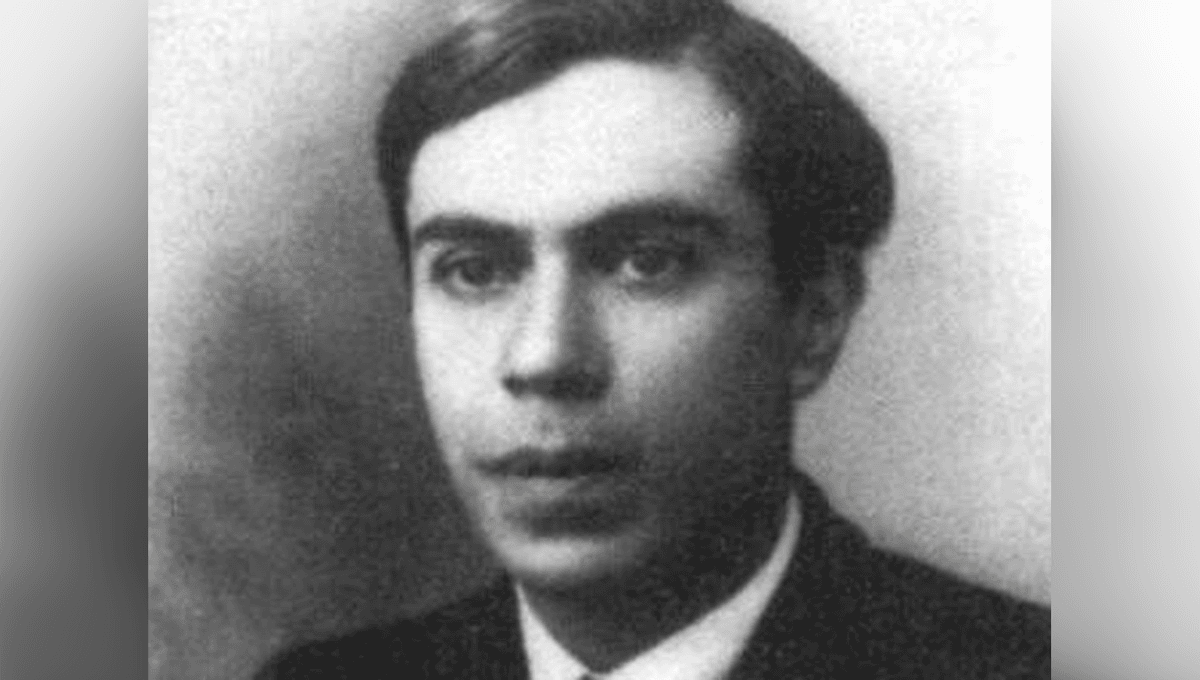
From when he was a small child, it was clear Ettore Majorana was going to be a brilliant mathematician or physicist. Born in Sicily in 1906, Majorana completed high school early, before heading to Rome to study engineering and then physics, under the supervision of Nobel Prize-winning physicist Enrico Fermi.
Fermi – awarded the prize “for his demonstrations of the existence of new radioactive elements produced by neutron irradiation, and for his related discovery of nuclear reactions brought about by slow neutrons” – was impressed by his student, who became his colleague.
“There are several categories of scientists in the world; those of second or third rank do their best but never get very far. Then there is the first rank, those who make important discoveries, fundamental to scientific progress,” Fermi reportedly said of Majorana. “But then there are the geniuses, like Galilei and Newton. Majorana was one of these.”
In his short career, Majorana achieved a lot. In a universe where Majorana was more inclined to publish his work, he might even have won a Nobel Prize for discovering the neutron (which was actually given to James Chadwick in 1935). In 1931, Irène Curie–Joliot and Frédéric Joliot studied radiation from beryllium hitting paraffin wax, pushing out protons from hydrogen atoms as it did so, and making protons move and recoil at speed.
Joliot and Joliot-Curie believed that the particle was a photon, given that it was a neutral particle and that was the only one they knew of at the time. However, Majorana – and soon afterward, Chadwick – realized that the mystery particle would have to be neutral, and near the mass of a proton in order to move something with as much mass as a proton, i.e. a neutron. Majorana wrote to Fermi with his hypothesis, and Fermi told him to write it up, but that didn’t happen and Chadwick had time to do his own experiments and publish the results.
Nevertheless, Majorana had a distinguished career, working with Bohr and Heisenberg as well as Fermi, developing Heisenberg’s theory of the nucleus, and predicting particles now known as Majorana fermions, finally observed in 2014 (and maybe also in 2012).
Then, in 1938, he disappeared. On March 25, Majorana sent a note to the head of the Naples Physics Institute, explaining that he would not be returning.
“Dear Carrelli, I made a decision that has become unavoidable. There isn’t a bit of selfishness in it, but I realize what trouble my sudden disappearance will cause you and the students. For this as well, I beg your forgiveness, but especially for betraying the trust, the sincere friendship and the sympathy you gave me over the past months. I ask you to remind me to all those I learned to know and appreciate in your Institute, especially Sciuti: I will keep a fond memory of them all at least until 11 pm tonight, possibly later too. E. Majorana.”
He then sent a second letter from Palermo, saying that he would return the following day, but had no intention to continue teaching. Nevertheless, Carrelli was concerned and contacted Majorana’s family. It was confirmed that Majorana traveled from Palermo to Naples on a steamer on March 25, but he was not seen since.
One theory about his disappearance was that he died by suicide, which is certainly plausible. Others, however, point to reports that his bank was emptied of life-savings a week before his disappearance as evidence that he might have chosen to abandon his life and move abroad, or even joined a monastery, given that he was a devout catholic.
More “out there” theories proposed over the years are that he became homeless in Naples, helping local students with their math, or that he was murdered by Nazis out of fear that his work could lead to the creation of an atomic bomb before they could do it.
While simpler solutions can’t be dismissed, the theory that he left the country was given support by the Italian police in 2011, reopening the case to investigate a witness who claimed they had met Majorana in Venezuela. The witness claimed that they had been told by a mutual acquaintance that the man, a shy 50ish-year-old man known as “Bini” who refused to be photographed, was the famed scientist.
The witness did get one photo of “Bini”, which was analyzed by Italian authorities. After investigating, they believed that the photograph was of Majorana. Furthermore, they believed that he maintained a relationship with his uncle, physicist Quirino Majorana, discussing scientific topics under the name of WG Conklin. A postcard from Quirino was allegedly found in Bini’s car.
Some guessed that he tired of his life in Italy, and moved to escape the war and fascist Italy, others that he realized the implication of his work with regard to atomic weapons and chose to leave because of it. It’s possible that he escaped the country as he was gay, which parts of his family think may be the case.
Others are unconvinced by the investigation altogether, and though the similarity between the man is intriguing, we will probably never know for sure what happened to brilliant physicist Ettore Majorana.
Source Link: Ettore Majorana: The "Genius" Physicist Who Predicted Neutrons And Then Disappeared Completely